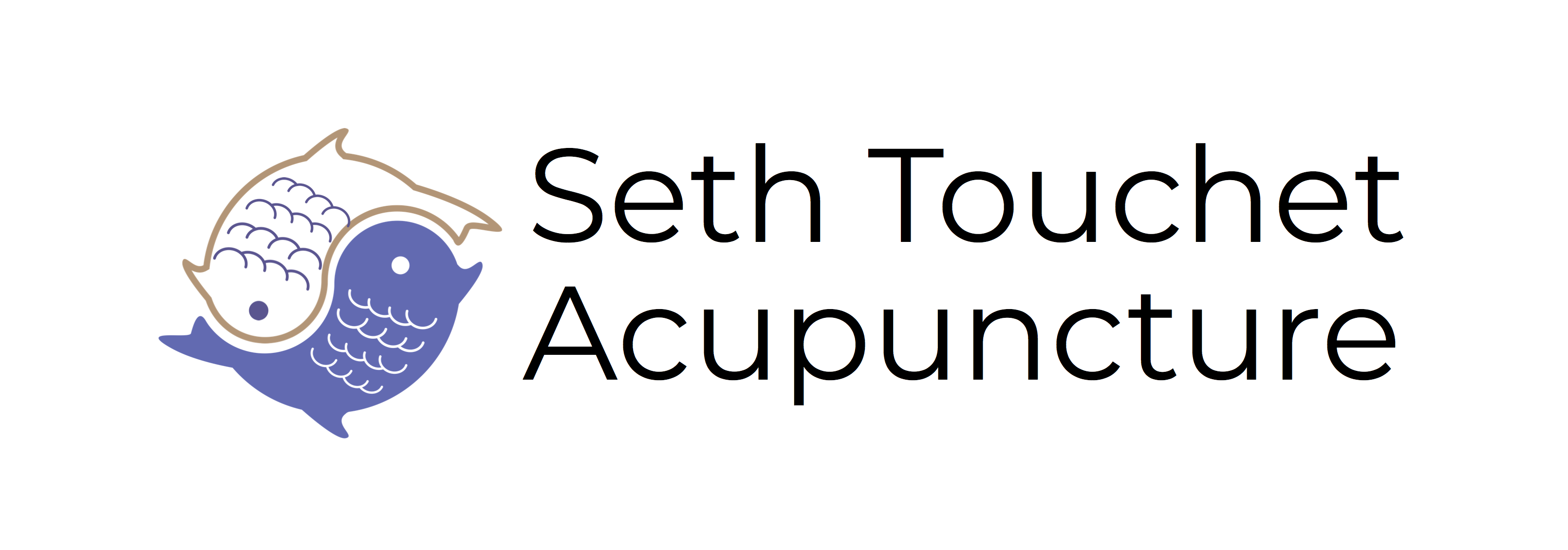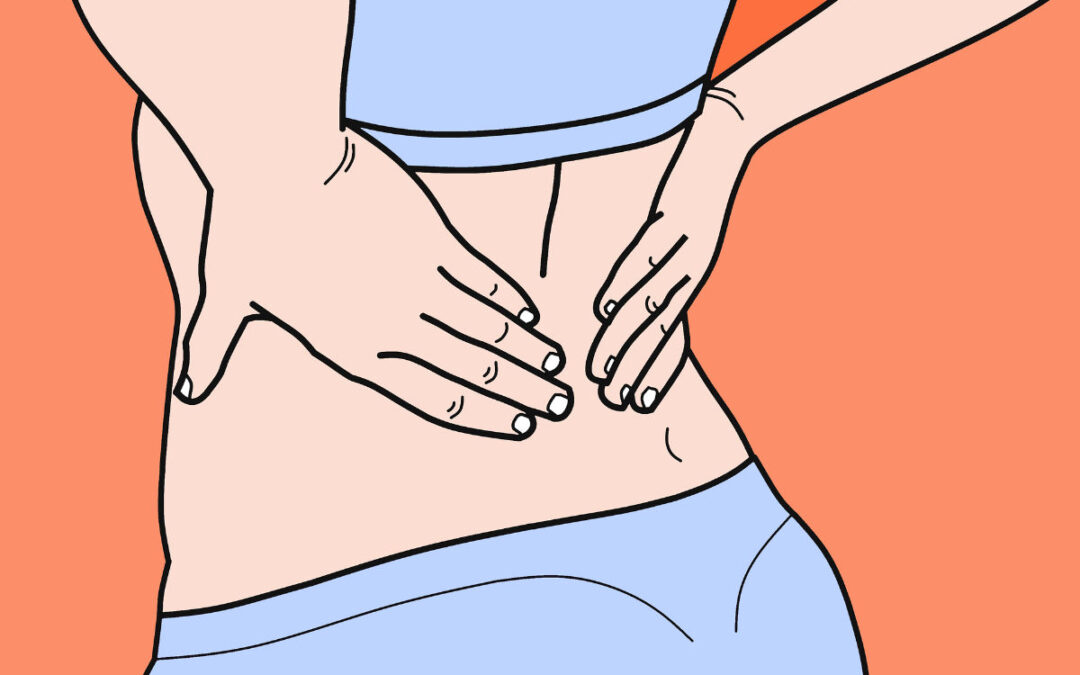Back pain is a common condition, with over 80% of Americans experiencing it at some time in their life. It is also the most common reason for patients to seek acupuncture treatments. The good news for chronic low back pain sufferers is that research suggests that acupuncture is a safe and effective treatment.
As evidenced in a recent survey of multiple clinical studies, acupuncture has been shown to provide significant relief from chronic back pain. In fact, patients who recieved acupuncture treatments noticed greater reductions in their pain than those that received standard conventional treatments alone. This is why the American Pain Society and American College of Physicians recommends acupuncture to doctors who are looking for alternatives to drug therapy for patients with chronic pain in the lower back.
3 Ways That Acupuncture Can Help Relieve Low Back Pain
1) Relax Chronic Muscle Tension – By directly stimulating trigger points on chronically tense muscles, acupuncture treatment can help to release this tension, reduce pain, and increase mobility.
2) Release Natural Pain Relievers – Neurotransmitters, the chemical products of neurons, are released when you receive acupuncture. These transmitters release pain-relieving substances like opioids. We know that these chemicals occur naturally in the body and can offer relief from pain on their own (i.e., without opioid medication).
3) Turn Down Pain Signals – Acupuncture may help regulate the on/off mechanisms of nerve endings by stimulating neurotransmitters. These hormones send signals to various parts of the body which can help to soften pain signals to the brain.
“The nervous system in the body re-routes energy in response to the acupuncture, leading to a release of endorphins and other chemicals,”
Dong-Xin Zhao, PhD, associate professor of anesthesiology at the University of Pittsburgh School of Medicine
6 Ways to Manage Low Back Pain at Home
Low back pain can be caused by sitting for long hours and not exercising, or it can be caused by injuries. Here are six ways to manage low back pain at home.
1) Exercise: Exercising is one of the most important things to do when you have low back pain. It helps you stay in shape, increases your range of motion, and builds muscle strength. You should avoid high-impact exercises like running because they can cause more damage to your spine than good. The muscles in your abs and back play a critical role in supporting your lower spine. You can start strengthening these muscles by simply sitting on a yoga ball for 30 minutes a day. If you’re able, exercises like yoga or pilates can also be great for your lower back.
2) Stretching: Gentle stretching can helpful in reducing pain in the low back and increasing flexibility. It also helps to keep your muscles from becoming too tight which can lead to more pain or injury. You should stretch frequently if you can, at least 3 times a day. Proceed with care. Never stretch into pain. Consult a licensed healthcare practitioner to see which types of stretching are apropriate for your specific condition.
3) Posture: Good posture is important to keep your low back pain free. When you slouch, you put the weight of your head and shoulders on the small of your back which can cause compression and stress. This leads to strains in muscles, ligaments, and tendons that stabilize the spine. Try to make sure when sitting or standing that your back is in a neutral position. If you spend long hours sitting, consider getting a lumbar support and or a standing desk.
4) Breathing:Take deep, slow breaths throughout the day to avoid shallow breathing and hyperventilation. This can lead to increased stress on your body and low back pain.
5) Supplemental Vitamin D: According to studies, vitamin D deficiency is associated with low back pain. Having an adequate level of vitman D in the body is an important factor for bone health. Almost half of Americans are vitamin D deficient. This is even more common in the pacific northwest where we get less sunshine than many other areas.
6) Hydrate Hydrate Hydrate: Dehydration causes vertebral disks to lose water and skrink. When this happens, disks can thin or bulge making you more likely to develope pinched, irritated, or inflamed spinal nerves. This is a big cause of low back pain. Especially as we age. So drink more water!
If you are dealing with chronic back pain, please feel free to reach out to me to find out how I can help.

